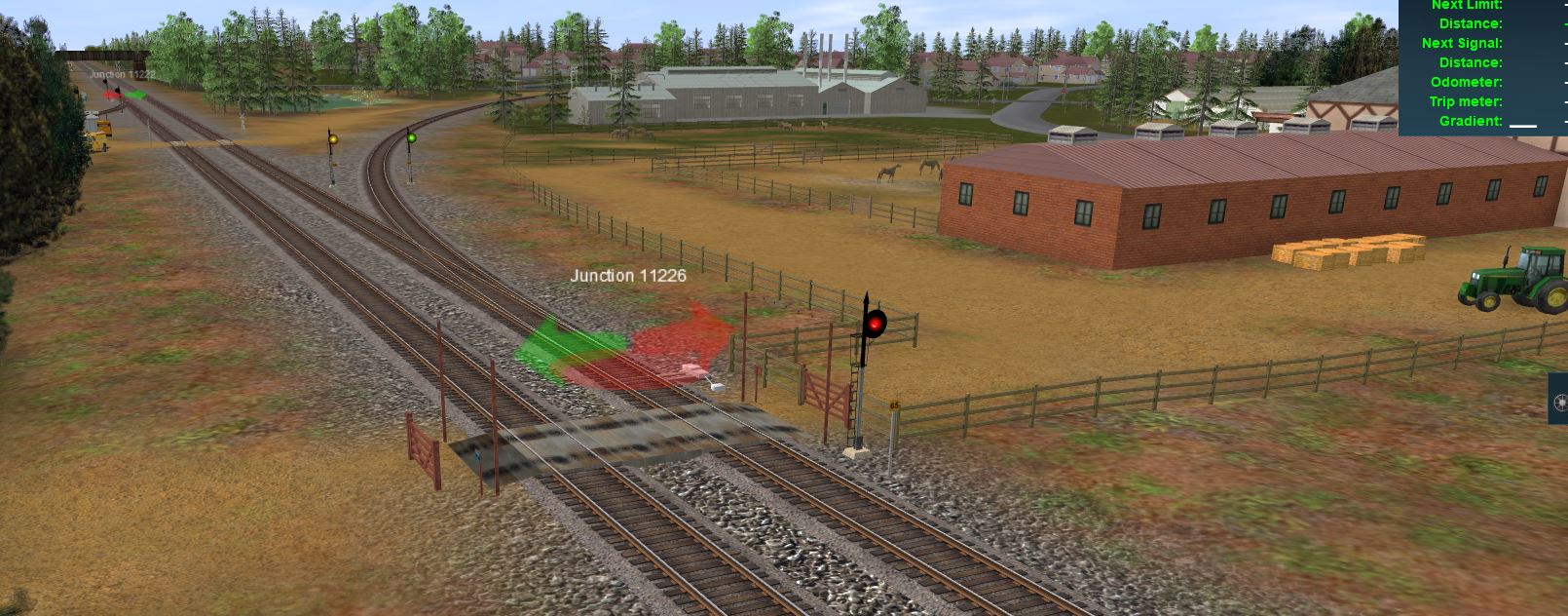JonMyrlennBailey
Well-known member
1. In America, do cattle ever have the right of way over trains at any crossings? If so, how are train drivers warned that cattle are crossing ahead?
2. To make trails where cows, especially sizable herds, may cross tracks in Trainz, what should the Surveyor builder consider to make such crossings authentic?
2. To make trails where cows, especially sizable herds, may cross tracks in Trainz, what should the Surveyor builder consider to make such crossings authentic?

